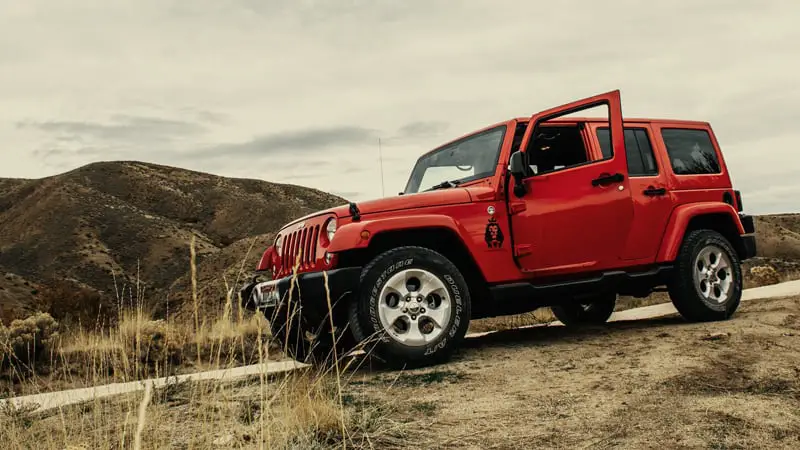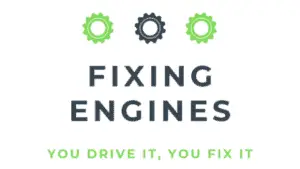You can use many maneuvers to keep your car from rolling backward when you go up an incline. It is even fun to go up a hill when you reverse. Hill assist helps you with the former, but does it work in reverse?
Hill assist or hill start assist can work in Reverse, depending on the car. Some cars have this feature enabled, while hill assist in Reverse is a hindrance in other vehicles. To find out your car’s situation, you can contact any dealer in your local area.
This article delves into the function of hill assist and whether it works in reverse. The article also considers whether hill start assist works with a handbrake and if you need it.
What Is the Function of Hill Assist?

Hill assist or hill holder or hill start control is a system that eliminates the potential disaster of your car rolling backward after resting on an incline. Moving after stopping on a hill or incline usually involves your foot moving from the brake pedal to the accelerator pedal.
The drawback to this typical system is that your car is kept hovering between moving forward and rolling backward for the few seconds it takes your foot to switch pedals. Since you are on an incline, gravity decides for your car, and it rolls backward.
It would not be much of an issue if you were alone on the road or parking lot. However, you may have cars behind you, and they don’t want to be hit by your hurtling vehicle. The hill assist works to save everybody from the unpleasant experience of gravity dominating your car.
Some hill assists can also stop your car from rolling forward on a decline—good coverage for both backward and forward acceleration. Hill start assist does not manage the speed of your vehicle as you go up an incline, and it also does not increase your traction.
While some drivers scoff at the ease and simplicity of hill assist, others embrace it fully for the improved safety and convenience it provides.
Does Hill Assist Work in Reverse?
Whether hill assist works in Reverse and how it works depends on the model of your car and your understanding of how the hill start assist functions in your vehicle.
Hill Start Assist will not activate for some Kia vehicles if the car senses a downhill while the gear is in Drive or an uphill when the gear is in Reverse. In comparison, Toyota and Ford cars have the hill assist function working in reverse.
The method of activating it also matters because if you press the hill assist before putting your car in reverse, it might be a wrong order of proceedings. You should also be conscious of the timing to hold and release the brake and the window of opportunity you have to reverse.
How Hill Assist Works

Sensors in your car detect when the vehicle is on an incline. As you switch from the brake pedal to the gas pedal, the hill assist maintains the same pressure produced by your foot on the brake pedal.
Angle sensors, torque sensors, the brake actuator, and wheel speed sensors work together to activate hill assist.
It holds the pressure for two to three seconds, keeping your car in before your accelerator kicks in. once you hit the accelerator pedal, the hill assist releases the pressure on your brakes.
Manual transmission cars also have hill assist, and besides its regular function, it also maintains the brake pressure until you release the clutch.
In manual transition cars, hill assist works with the help of the accelerator sensor and the Electronic Stability Program to detect when the vehicle stops on a hill.
Some problems with the hill assist include:
- Not engaging when you want it to or engaging when you don’t want it to (like in a pothole).
- A refusal to release the brakes after the three seconds have passed.
Does Hill Start Assist Work with Handbrake?
Electric handbrakes are becoming the norm in most new vehicles. While they make life easier for many drivers, understanding how they work with other existing features might be a hassle
If your car has an electronic handbrake, there’s a possibility that it also has a hill start assist. It works well with a handbrake, whether manual or an electronic parking brake.
Suppose you cannot activate your accelerator pedal before the three-second window a hill start assist provides; you can engage your handbrake again to keep your car in place.
Do I Need Hill Start Assist?

Many drivers who are used to navigating a hill start with the handbrake-clutch-gear-accelerator system, find the hill assist burdensome. There is also something to be said about being able to “handle” a car in this way.
However, new drivers feel differently. It’s scary to see and feel your car rolling backward on a collision course with another vehicle. At that moment, it is easy to panic and have all your driving lessons fly out of your head.
Having a hill start assist system in your vehicle sets you at ease when you drive because you know that an automatic function helps you control your car at inclines. It also reduces the risk of accidents.
Besides the ease and risk reduction, hill start assist minimizes the wear and tear of other parts you would otherwise use to start and stop your car manually on slopes. The handbrake and clutch in a manual transmission car get to rest a little.
Hill start assist system also reduces the strain on the engine and drive train. A knee-jerk response to backward movement on an incline is to engage the accelerator some more to push the car forward. Since the hill assist keeps your vehicle in place, there’s no need to rev more.
There is no denying the convenience hill start assist provides a beginner or veteran driver. If your car doesn’t come fitted with one and you can afford to install it as an extra feature, you should do so. The benefits far outweigh the drawbacks.

